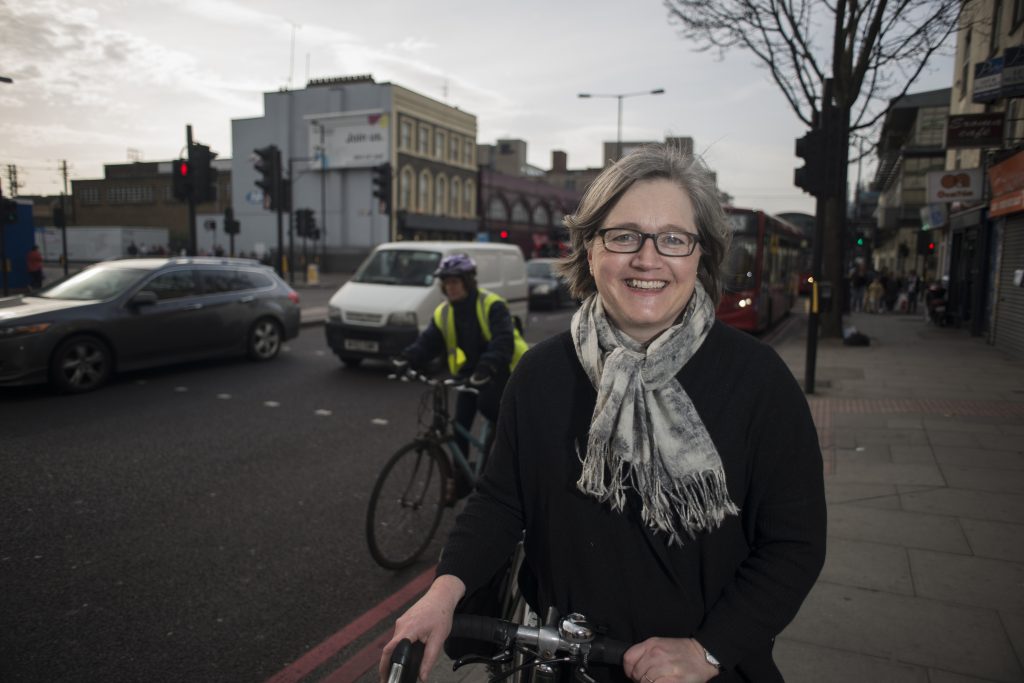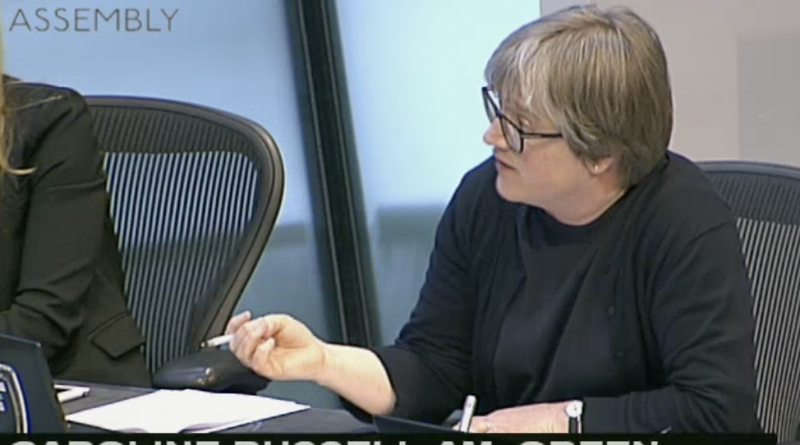What does social distancing mean for public transport?
I clearly remember my last unsettling Tube journey from City Hall in mid-March as we stopped working in the office and the country went into lockdown. I tried not to touch anything, kept my distance from people and immediately washed my hands when I got in the door.
What huge changes we have all experienced since then, with many of us furloughed or setting up offices in our homes, while juggling home schooling and shopping for older or shielding relatives. This sudden localisation of our lives has resulted in passenger numbers plunging by 95 per cent on the Tube and by 85 per cent on buses, causing a catastrophic drop in Transport for London’s (TfL) income, bringing it to the verge of bankruptcy. TfL is the only transport body in the world that relies on fares income alone, as the Government stopped its £700m annual subsidy in 2018.
Safe social distancing means London’s buses and Tube can only take about 15 per cent of the usual number of passengers, so the loss of income is a factor for the foreseeable future. In practice, this means double-decker buses carrying 20 customers and single-deckers between six and 10. In rush hour on the Tube just 50,000 people can board every 15 minutes instead of the usual 320,000. This means we need to reduce our need to travel and quickly rethink our streets so as many people as possible can get around safely by foot, bike, scooter or mobility aid.
The Government’s £1.6bn bailout for TfL included punitive charges for Londoners, particularly for older and younger people, by removing free travel for them during peak hours. It is entirely right that we all try not to travel during peak hours as these times should be prioritised for key workers. But as many supermarkets were offering special hours for older and disabled customers in the early morning, I wrote to Deputy Mayor Heidi Alexander raising my concerns around these changes. I am pleased to see that TfL is working with supermarkets to make it convenient for older people to shop outside the morning peak hours to coincide with access to free bus travel. Heidi Alexander has also told me she will push the NHS to give older people appointments at the same times.
Stopping free travel for under-18s is more complicated as the Government itself provides a range of free transport measures for that group depending on age, distance from school, income or special educational need. London council leaders have written to Grant Shapps asking him to rethink this decision, as they calculate it will cost them over £16million a year to provide the free travel instead of TfL. This extra cost is one that councils can ill afford as they already facing a huge drop in income as well as increased demand for their services due to coronavirus.
We cannot all start travelling again like we did before the lockdown. Our top priority must be reducing the need to travel in the first place, with those of us who are able working and staying at home to save lives and protect the NHS. Our high streets and local shops need to be reconfigured so our essential stores – chemist, newsagent, hardware and food – are within 15 minutes reach on foot. The limited road space available must be prioritised for walking and cycling, journeys by disabled people, NHS staff and key workers using buses and cars, as well as for deliveries of the goods on which we all depend.


